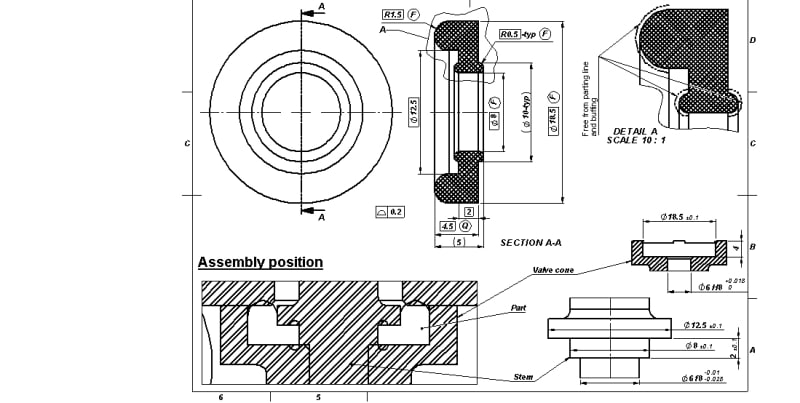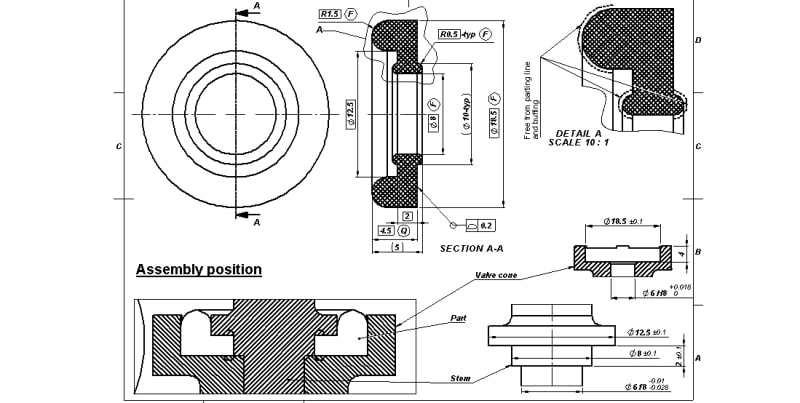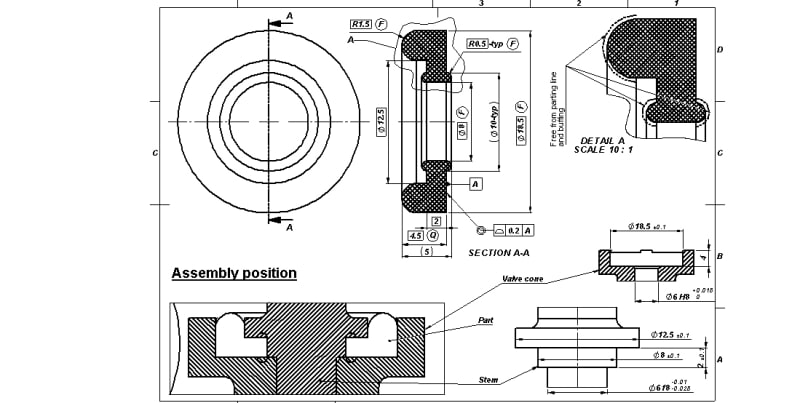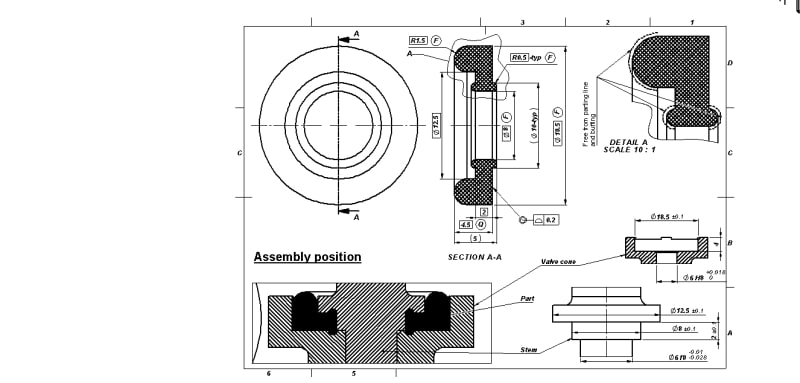Navigation
Install the app
How to install the app on iOS
Follow along with the video below to see how to install our site as a web app on your home screen.
Note: This feature may not be available in some browsers.
More options
Style variation
-
Congratulations TugboatEng on being selected by the Eng-Tips community for having the most helpful posts in the forums last week. Way to Go!
You are using an out of date browser. It may not display this or other websites correctly.
You should upgrade or use an alternative browser.
You should upgrade or use an alternative browser.
Flexible component with profile of surface
- Thread starter Sa-Ro
- Start date
- Status
- Not open for further replies.
- Thread starter
- #3
@ Wuzhee
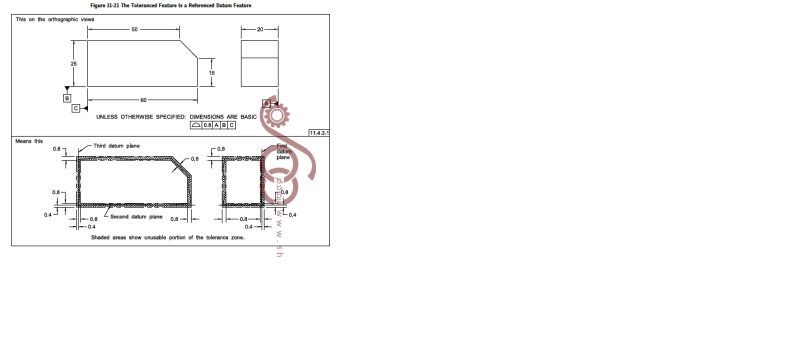
Kindly refer the attached ASME Y14.5:2018 standard.
As per the standard we can mentioned profile tolerance without leader line.
My understanding: Since it is a flexible part, even if we provide datum, we can not hold the datum.
So I mentioned like true profile variation shall be within 0.2 boundary.
Thank you.

Kindly refer the attached ASME Y14.5:2018 standard.
As per the standard we can mentioned profile tolerance without leader line.
My understanding: Since it is a flexible part, even if we provide datum, we can not hold the datum.
So I mentioned like true profile variation shall be within 0.2 boundary.
Thank you.
That is a common practice to make a general callout in a title block that UOS All dimensions are basic followed by profile callout. In that case there is usually an ABC datum system.
What's not common practice is to just throw a fcf in the middle of nowhere and not stating that's a general callout.
What's not common practice is to just throw a fcf in the middle of nowhere and not stating that's a general callout.
- Thread starter
- #5
- Thread starter
- #7
If this is a flexible rubber part, can 0.2 mm be reliably held in the free state? (Check out paragraph 4.1 and then paragraph 7.20 and its sub-paragraphs from the Y14.5-2018 standard.)
and then paragraph 7.20 and its sub-paragraphs from the Y14.5-2018 standard.)
Of course, it depends on the function and rigidity of the part -- I'm tossing tossing the idea out there.
Also...another way to accomplish your need is the "all over" modifier for profile. That doesn't need any datum references; see paragraph 11.3.1.5 and Fig. 11-10 from the same standard.
John-Paul Belanger
Certified Sr. GD&T Professional
Geometric Learning Systems
Of course, it depends on the function and rigidity of the part -- I'm tossing tossing the idea out there.
Also...another way to accomplish your need is the "all over" modifier for profile. That doesn't need any datum references; see paragraph 11.3.1.5 and Fig. 11-10 from the same standard.
John-Paul Belanger
Certified Sr. GD&T Professional
Geometric Learning Systems
- Thread starter
- #9
Please refer to 11.2.3 Profile Tolerances as General Requirements
When the profile tolerance feature control frame is placed in a general note or the general tolerance block, the tolerance applies to all features UOS.
For the sake of clarity, you can add a note like this:
UOS ALL SURFACES ARE DEFINED BY: |profile|0.2| ALL OVER
But be aware that profile without datums is form control only.
When the profile tolerance feature control frame is placed in a general note or the general tolerance block, the tolerance applies to all features UOS.
For the sake of clarity, you can add a note like this:
UOS ALL SURFACES ARE DEFINED BY: |profile|0.2| ALL OVER
But be aware that profile without datums is form control only.
- Thread starter
- #11
Drop the datum. If the profile is all over, then it already encompasses the datum feature surface. Thus, all surfaces are inherently toleranced to each other (for form, location, orientation, and size).
John-Paul Belanger
Certified Sr. GD&T Professional
Geometric Learning Systems
John-Paul Belanger
Certified Sr. GD&T Professional
Geometric Learning Systems
- Thread starter
- #13
- Status
- Not open for further replies.
Similar threads
- Replies
- 31
- Views
- 7K
- Locked
- Question
- Replies
- 15
- Views
- 4K
- Question
- Replies
- 8
- Views
- 13K
- Locked
- Question
- Replies
- 10
- Views
- 1K
- Locked
- Question
- Replies
- 4
- Views
- 776

